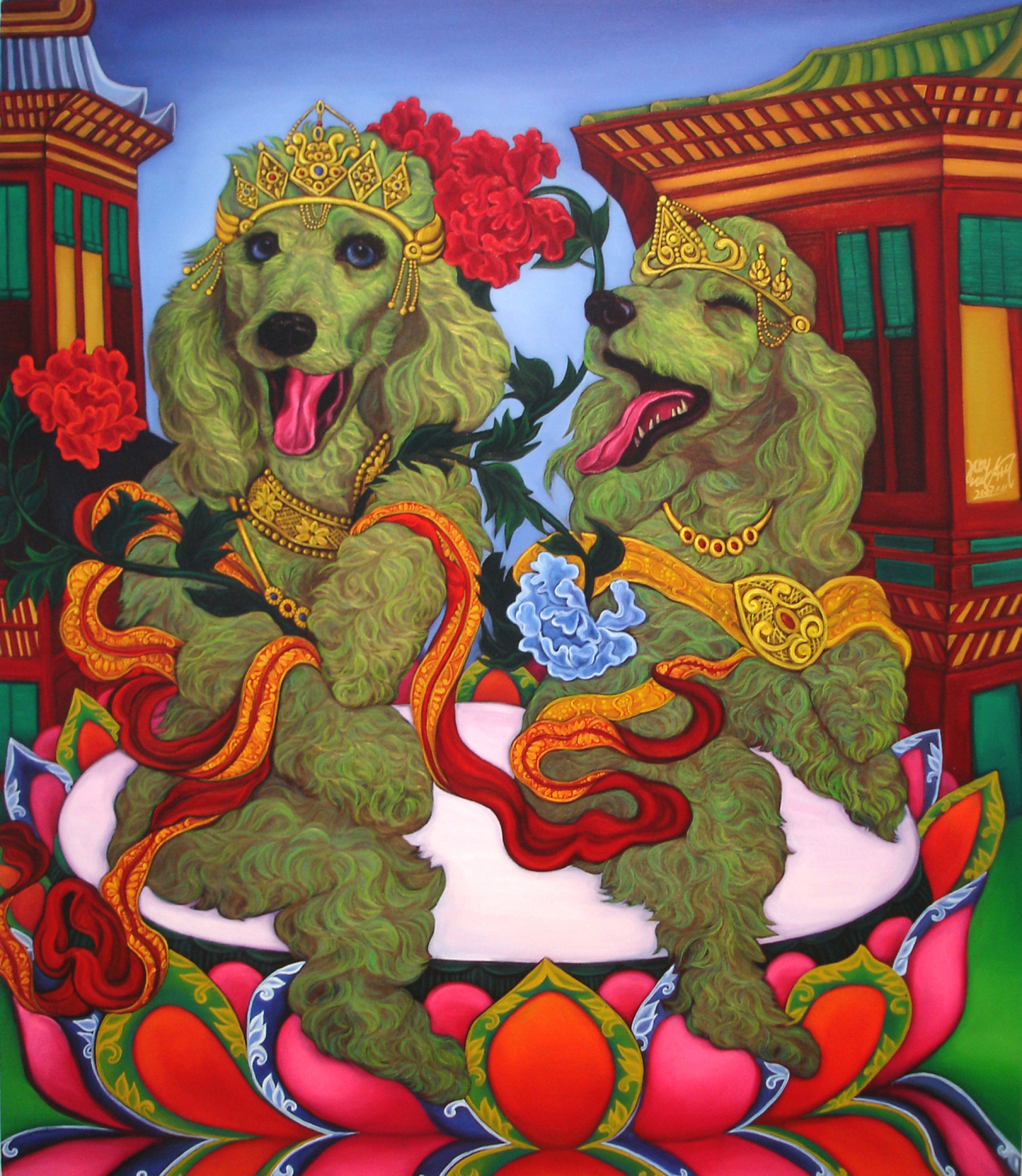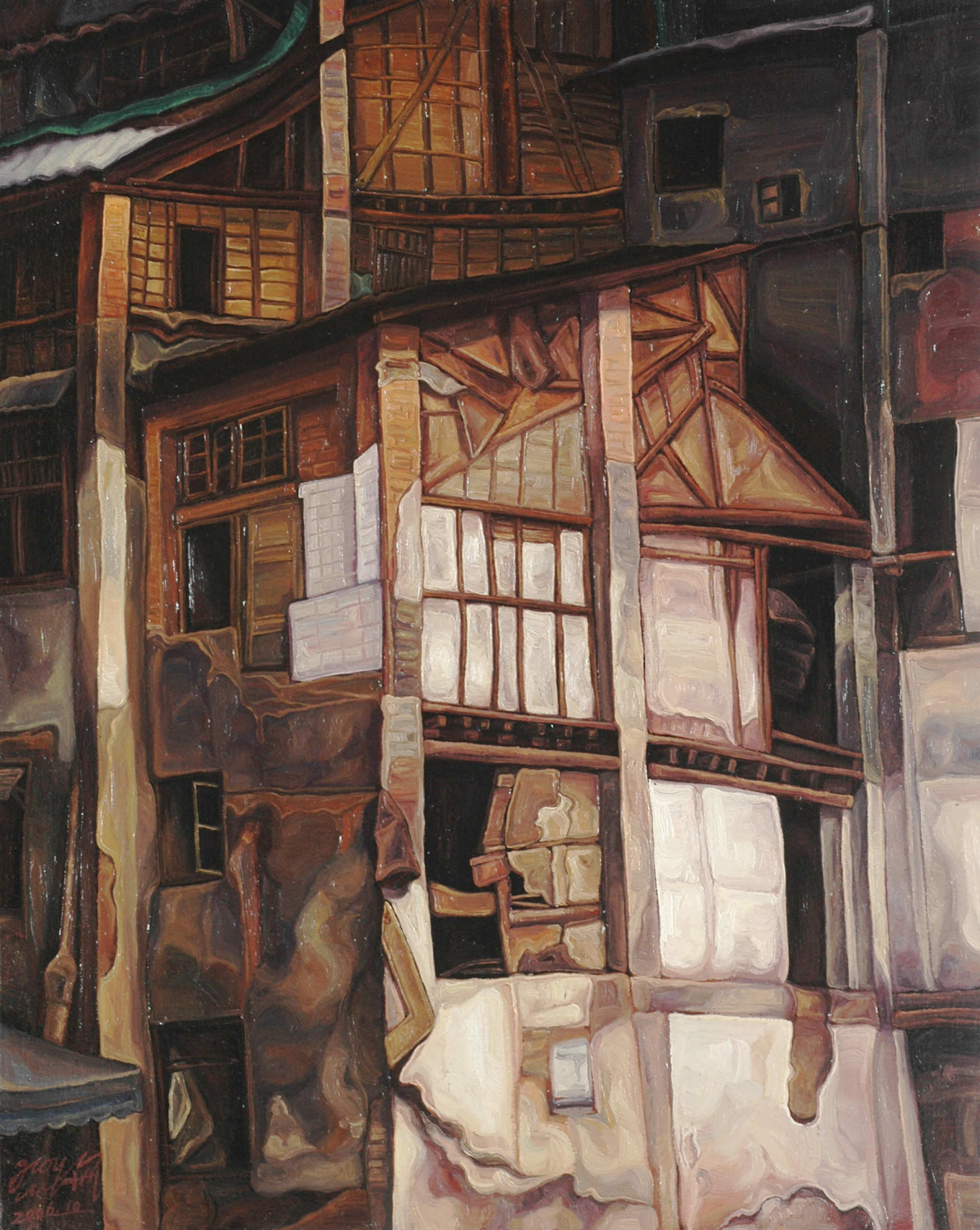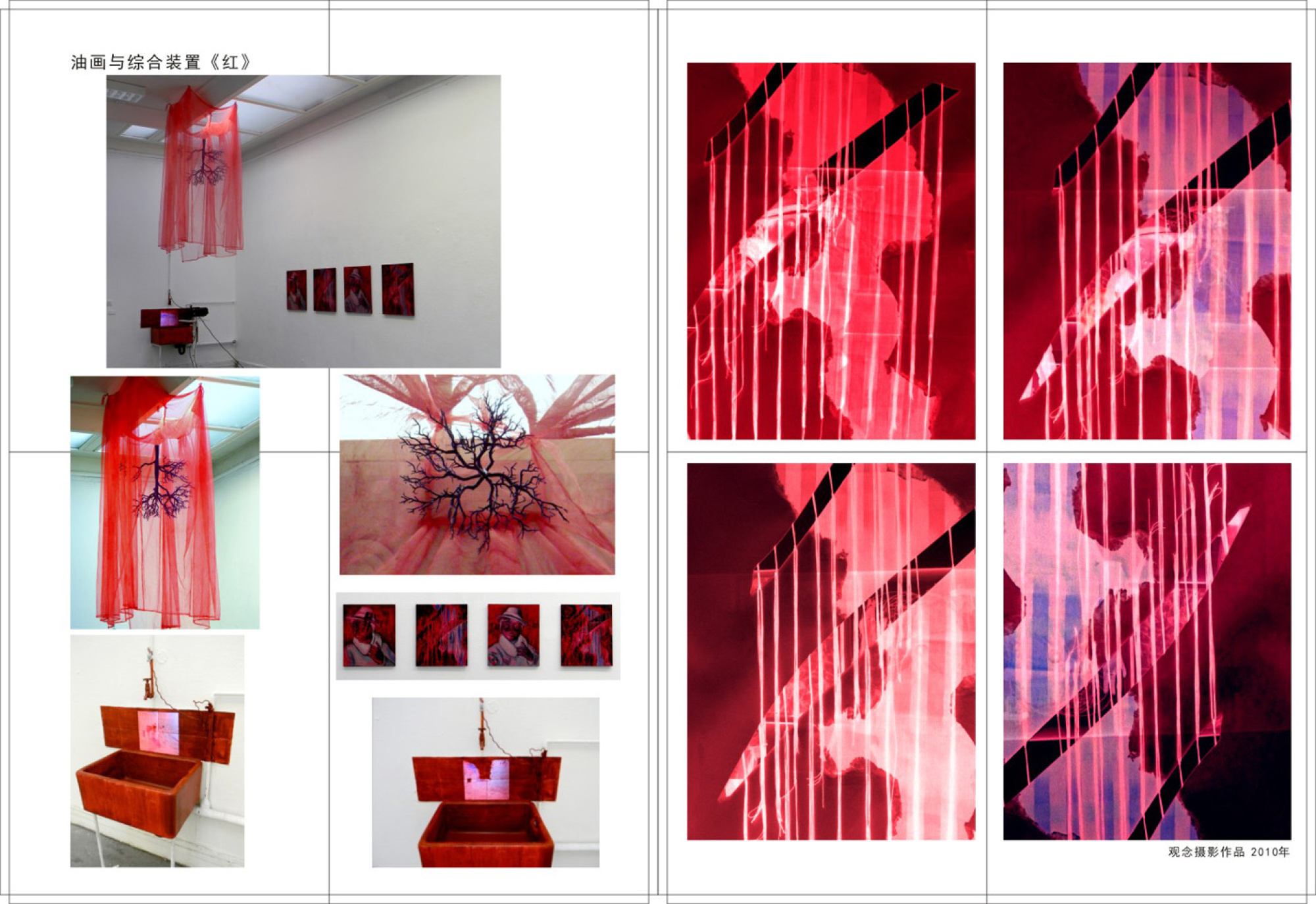Theresia Peng
An investigatation of questions concerning the cross-cultural analysis and utility of images in Tibetan Tantric Buddhist art, as opposed to political conflicts that often arise in the media now.
Featured Media



1st Winner Prize, the Second 'Landscape' Painting Competition, Leading Artist Gallery, UK, 2012





1st Winner Prize, the Second 'Landscape' Painting Competition, Leading Artist Gallery, UK, 2012
Tibetan Tantric Buddhism is today considered one of the most important and controversial forms of Asian culture, using a rich and somewhat complicated range of methods and materials. The perception of the ‘mystical’ nature of Tibetan Tantric Buddhist art in the world beyond Tibet has changed and evolved significantly and profoundly over the last three decades. However, contemporary Tibetan artists feel confused about how to develop a Tibetan art tradition within the context of a globalised world.
Against this background I am interested in exploring the mysterious nature of Tibetan Tantric Buddhism and its art through grasping its religious values, historical context, and artistic qualities. In so doing I try to investigate questions concerning the cross-cultural analysis and utility of images in Tibetan Tantric Buddhist art, as opposed to political conflicts that often arise in the media now.
As an exploration of Tibetan Tantric Buddhist art and its contemporary significance, this research seeks to fulfill three important goals: first, to introduce Tibet’s mystical and magnificent art within its historical and religious contexts to those unfamiliar with either Tibet Buddhism or Tibetan Buddhist art and its cultural background; second, to examine the influences of Tibetan Tantric Buddhist art tradition on some contemporary Tibetan and non-Tibetan artists’ art practice; and third, to embark on combining theoretical research, methods of meditation and my own art practice as a way of exploring the trans-cultural translation of Tibetan Buddhist art in Chinese and Western contexts. The aim is to explore the potential of Tibetan Tantric Buddhist art as elucidating common ground between the meditative mind and the creative mind for engaging in an open conversation of faith, spirituality, religion, and aesthetic experiences in the contemporary period.